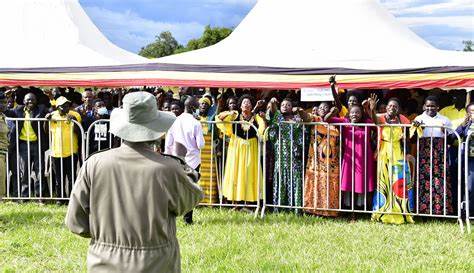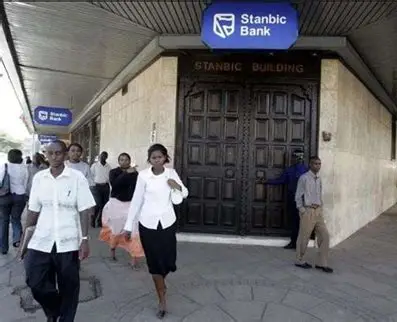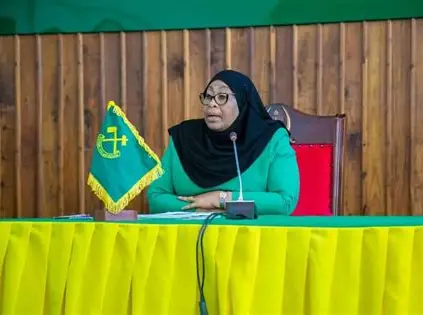
By nature the people called Bararo are as migratory as the wildebeest, which ritually moves to-and-fro between Serengeti National Park in Tanzania and Masai Mara Game Reserve in Kenya. Like The wildebeest, the Bararo migrate in search of grass and water for their animals.
Call it transhumance, while in other cases it is nomadism. Some descriptions refer to this brand of ‘cultural economy’ as pastoralism.
The Bararo (also pronco8nced as Baraaro, Baralo or Baraalo) are not attached to the land anywhere but grass. If grass is finished in one area they move to another. They have done that ever since they arrived in the Great Lakes region from Ethiopia. They have always come in conflict with the settled people who are dependent on farming to satisfy their energy needs.
Most Bararo are in Rwanda and Burundi. Their human energy system is, in the language of ecological energetics, called a nomadic-pastoral energy system in ecological energetics.
Therefore, if you tell Bararo where they came from, it will not carry a lot of sense since they do not belong to any land but are cursory visitors in the lands of settled people.
Are you telling them to go to Ethiopia? Are you telling them to go to Rwanda? Are you telling them to go back to Burundi?
We also know that some years ago, during the reign of President Jakaya Kikwete in Tanzania, thousands of nomadic pastoralists were chased from Tanzania and they ended up in Uganda. When you tell the nomadic pastoralists to go where they came from, are you also telling them to go back to Tanzania?
We have a big problem with nomadic pastoralists in Uganda and beyond because, by nature, they have no boundaries in their heads and do not recognise physical boundaries including the international boundaries. Therefore, they see all land as land for their cattle to graze on. The limitation is not in their heads.
As if this is not enough, the Uganda Constitution 1995 whose making was under direct control and influence constitutionally created an indigenous group of nomadic pastoralists which it named as “Banyarwanda”. Being migratory and not belonging to any land, its members are interconnected with other nomadic pastoralists in the Great Lakes Region. Therefore, the group, which does not recognise international boundaries will have unrestricted residence – even if transient – anywhere in the Great Lakes Region and be protected by the Uganda Constitution 1995 as the Banyarwanda “indigenous” group of Uganda.
By the time the Uganda Constitution indigenised Banyarwanda, Banyarwanda had been one of the many intriguing questions of Uganda. The others included the Buganda question and the Indian question.
The six-million-dollar question is: Did the Uganda Constitution 1995 settle the Banyarwanda question by constitutionalising them as a “Banyarwanda indigenous group” among the “natural indigenous groups of Uganda” or did it create new questions in the medium and long-term?
For example, do they now take it that they are constitutionally recognised as the migratory indigenous group of Uganda who can compete for anything including power and land?
For God and my country
- A Tell report / By Oweyegha-Afunaduula / Environmental Historian and Conservationist Centre for Critical Thinking and Alternative Analysis (CCTAA), Seeta, Mukono, Uganda.
About the Centre for Critical Thinking and Alternative Analysis (CCTAA)
The CCTAA was innovated by Hyuha Mukwanason, Oweyegha-Afunaduula and Mahir Balunywa in 2019 to the rising decline in the capacity of graduates in Uganda and beyond to engage in critical thinking and reason coherently besides excellence in academics and academic production. The three scholars were convinced that after academic achievement the world outside the ivory tower needed graduates that can think critically and reason coherently towards making society and the environment better for human gratification. They reasoned between themselves and reached the conclusion that disciplinary education did not only narrow the thinking and reasoning of those exposed to it but restricted the opportunity to excel in critical thinking and reasoning, which are the ultimate aim of education. They were dismayed by the truism that the products of disciplinary education find it difficult to tick outside the boundaries of their disciplines; that when they provide solutions to problems that do not recognise the artificial boundaries between knowledges, their solutions become the new problems. They decided that the answer was a new and different medium of learning and innovating, which they characterised as “The Centre for Critical Thinking and Alternative Analysis” (CCTAA).







